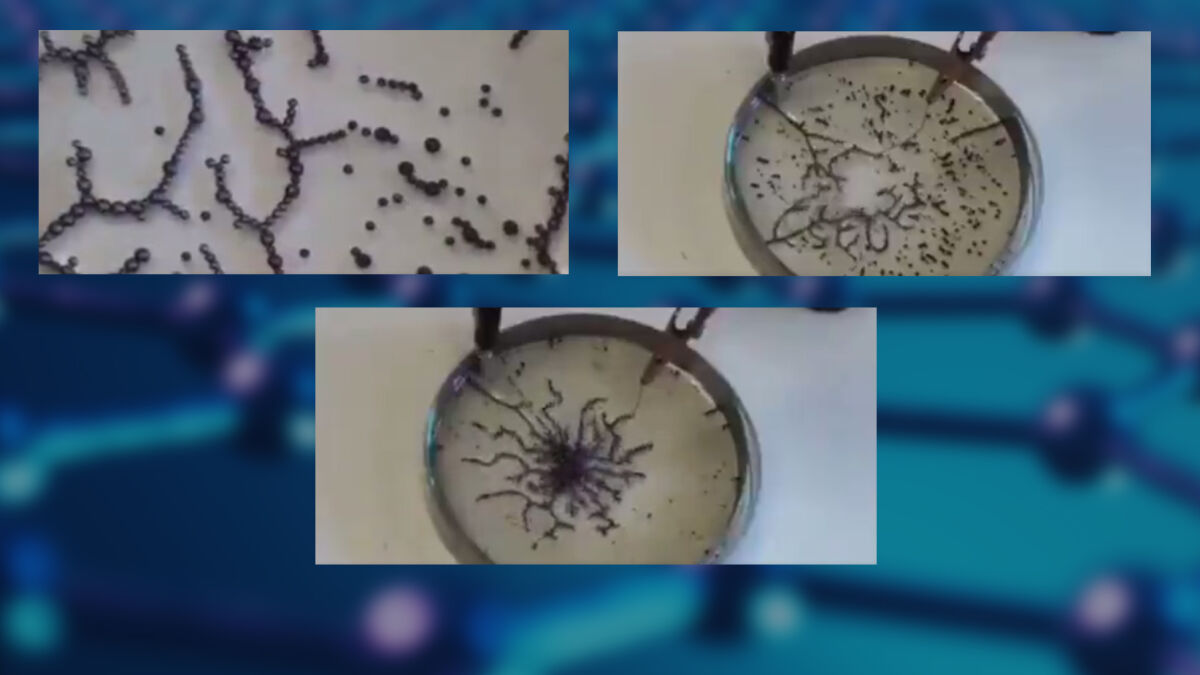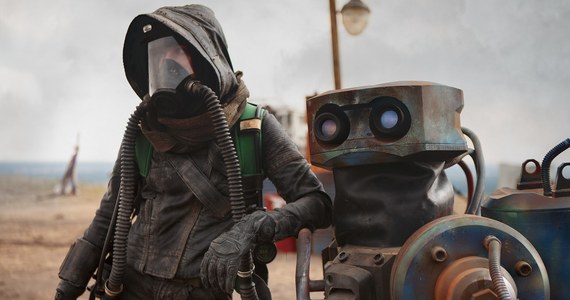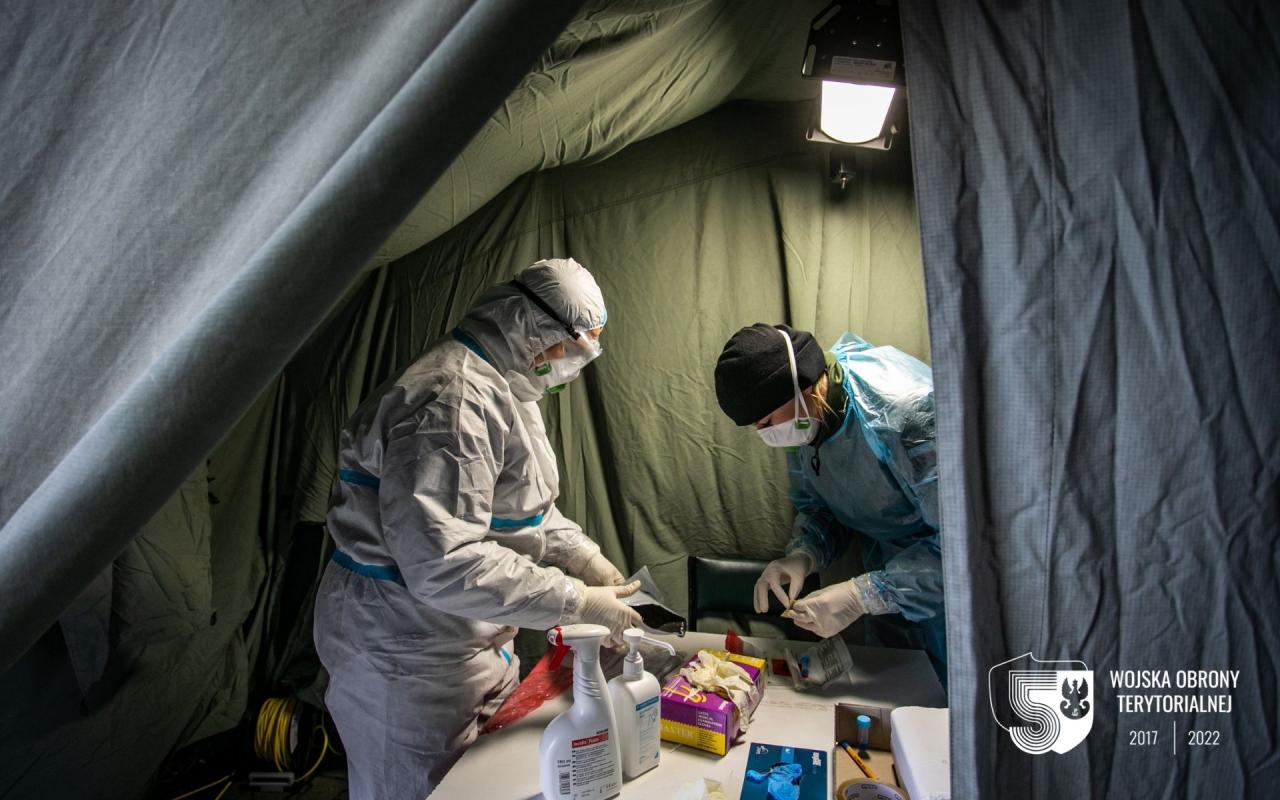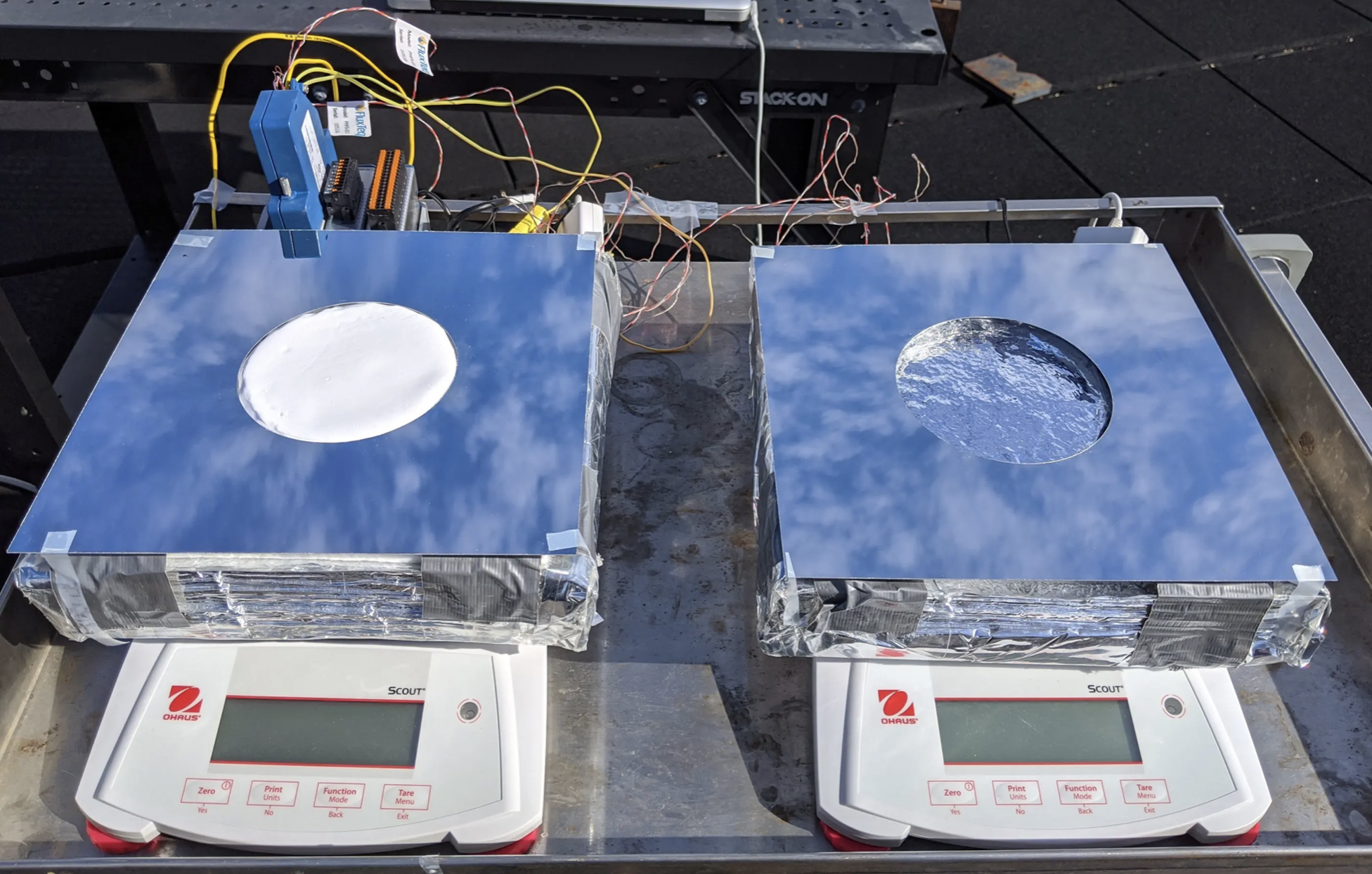Anonymous internet user Posted on Polish Twitter On August 4, a video showed, according to him, how n-oxide graphene reacts under laboratory conditionsand 5G waves. There are some fine black particles in a 1 minute video of poor quality. They are very mobile, they merge into new and separate structures. According to the netizen, this happens in every body after a person takes a vaccine against COVID-19, because graphene is present in these preparations. And this graphene is not affected by electricity, but rather by 5G waves from transmitters placed on the ground.
“With each pinch, g *** o goes to the brain …. and soon the transmitters have a maximum power of 64 GHz …. Find ways to clean …” (original spelling) – commented the author of the post. The 45-second video he posted has been played more than 57,000 times.
“Another example of the detriment of super elixir and ultra-fast 5G internet. The holocaust of the population continues when most people do not realize it ”- wrote one Internet user in the video.
As we checked, a similar recording was common and circulated on social media during last year’s holiday. “graphene nanoparticles”; “graphene oxide in motion”; “This nanomaterial has been quietly introduced to the population using salt, vaccines (Pfizer, AstraZeneca, Moderna, Vaxigrip Tetra), masks, PCR tests and other methods. Can you imagine having it in your body?” ; “I can’t even look at her”; “Imagine this shit running through your empty brain and now you can see how easy it is to kill you”; “We’re having a problem” – netizens commented on them (original spelling).
The video was then verified by the editors AFP Validation And the Reuters. It has nothing to do with either graphene or 5G.

Fourth dose of COVID-19 vaccine as of July 22 Video: tvn24
It is not graphene oxide. These are not 5G waves
The experiment does not show how graphene oxide behaves under the influence of 5G waves. With the help of reverse image search, you can find the original video, the excerpts of which are now popular. More than four minutes of video posted On February 5, 2015 on YouTube on the channel Stanford Complex, a student circle of this university. The description states that these are “Explorations of a Remarkably Self-Organizing System”.
The narrator first explained that the recording is a reenactment of an experiment by Alfred Hubler, a late German physicist who worked at an American university in Illinois. Record from this experience in 2009 too Posted on YouTubeon the channel of the physics department at this university after four years.
The narrator explains that for the experiment, a laboratory vessel called a Petri dish was prepared and filled with castor oil and then metal ball bearings. At the edges of the ship had a negatively charged metal ring, and above it was a wire connected to a 20 kV power supply.
The bearings are placed in the center. After turning on the power, nothing happened at first. But after a while, they started forming chains towards the edge of the bowl. When one of the chains joined with it, the other chains soon began to break down and then merge into new structures. Then, when the bearings were placed on the sides of the bowl and the power turned on, the bearings began to form chains toward the center.
Excerpts from this experience Posted on Facebook At the end of March 2022, Dr. Maciej Kaweki, President of the Polish Future Institute they. Stanislaw Lim, promoter of science and technology. In his opinion, this experience Show the power of science. He wrote that the concept of Hübler lives on all the time It is being developed. “In the experiment, ball bearings connect and self-regulate after being connected to medium voltage networks – 20 kV. They can be of great use in energy and medicine. The experiment is visually similar to a neuron” – commented Dr. Kawecki. There are no words anywhere about graphene oxide or 5G waves. In fact, the balls are made of metal and are driven by an electric current.
Stanford University spokesman did not give his name Handed over to the AFP Fact Check editorial office in July 2021Internet users misinterpreted the video. “The video published by the Student Club does not show a pilot experiment. It is just a recreation of Alfred Hubler’s experiment. Steel ball bearings were used, not graphene nanoparticles” – he said.
According to Reuters, the experiment of the German scientist was conducted not only by a student circle from Stanford, but also by others, and they can be seen on YouTube. One of the chemists, James Orgel, with the help of electricity Balls drove through the maze.
Graphene in vaccines? There is no evidence
The issue of purported graphene in COVID-19 vaccines is one of the most popular false theories spread by the anti-vaccine community. We have written about it many timesExplain that it is not true. After the outbreak of the COVID-19 epidemic, netizens on social media have warned that more research is needed to confirm the presence of graphene in vaccines. However, this has never been scientifically proven.

Echo Richards embodies a personality that is a delightful contradiction: a humble musicaholic who never brags about her expansive knowledge of both classic and contemporary tunes. Infuriatingly modest, one would never know from a mere conversation how deeply entrenched she is in the world of music. This passion seamlessly translates into her problem-solving skills, with Echo often drawing inspiration from melodies and rhythms. A voracious reader, she dives deep into literature, using stories to influence her own hardcore writing. Her spirited advocacy for alcohol isn’t about mere indulgence, but about celebrating life’s poignant moments.









